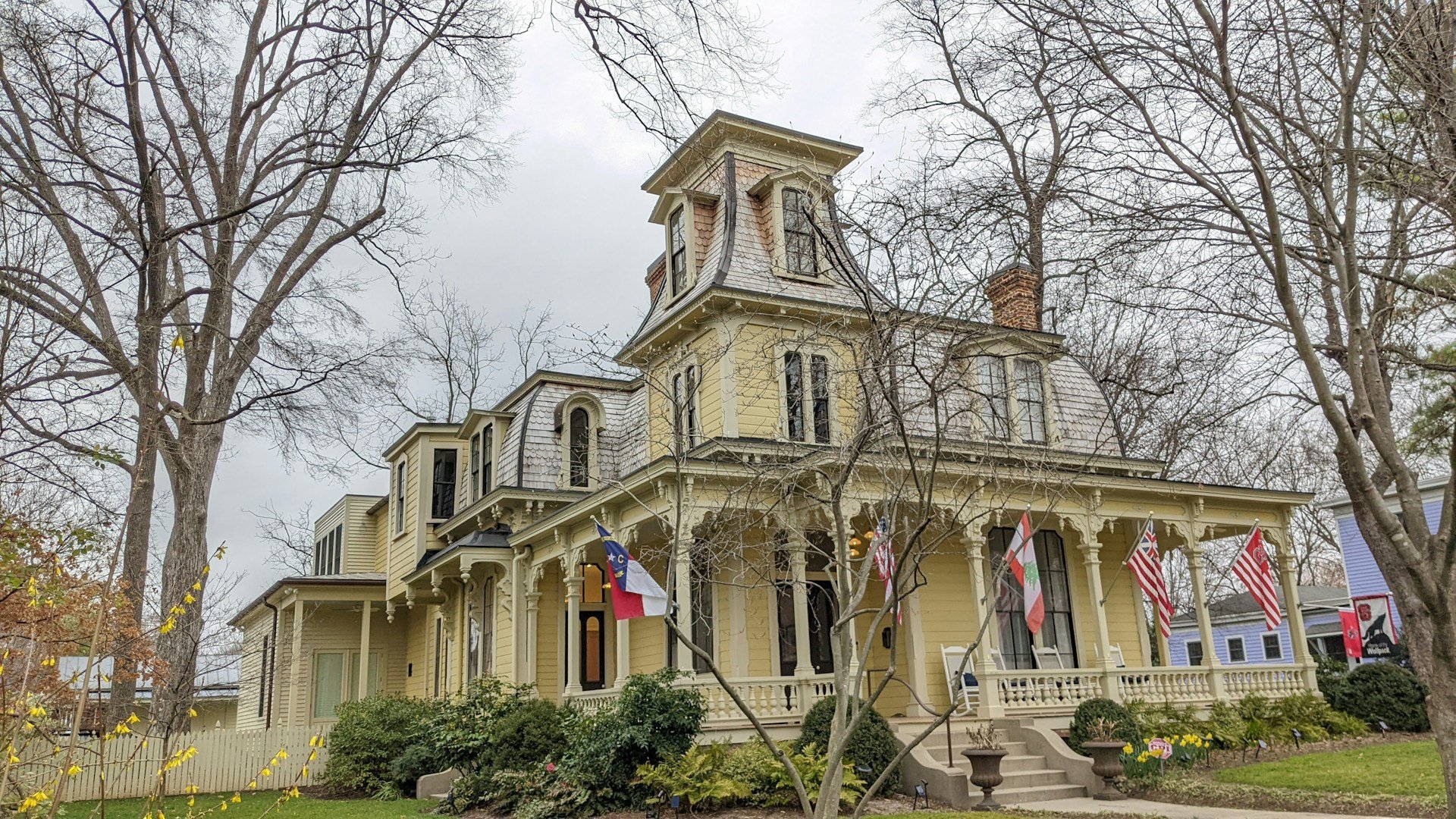Owning a historic home is more than just acquiring a piece of real estate; it’s about preserving a part of history. These homes, with their timeless beauty and intricate craftsmanship, offer an unmatched charm and connection to the past. From Victorian mansions to colonial-style estates, historic homes represent architectural styles that have stood the test of time. However, with this unique allure comes a distinct set of responsibilities when it comes to maintenance. Let’s explore why historic homes are so captivating and how homeowners can ensure their preservation.
The Allure of Historic Homes
1. Architectural Beauty
Historic homes are often defined by their elaborate designs and attention to detail. From intricate woodwork to handcrafted masonry, these homes were built during a time when quality and artistry were paramount. Features like stained glass windows, original hardwood floors, and grand staircases provide character that’s difficult to replicate in modern homes.
2. Connection to the Past
Many historic homes have stories to tell, having witnessed generations of history. Whether it’s a former residence of a notable figure or simply a family home from centuries past, owning a historic property allows homeowners to be a part of this rich legacy.
3. Prime Locations
Historic homes are often found in well-established neighborhoods, close to town centers, parks, and other amenities. These locations offer both convenience and a sense of community that has developed over decades.
4. Cultural and Historical Significance
Historic homes are often landmarks in their own right. Many are listed on local or national historic registers, which can provide a sense of pride and responsibility for preserving a part of cultural heritage.
Essential Maintenance Tips for Historic Homes
Maintaining a historic home requires a different approach than caring for a modern one. Here are some key considerations to keep your historic property in top shape:
1. Preserving Original Features
One of the main appeals of historic homes is their original features. From woodwork to windows, maintaining these elements is crucial. Always choose restoration over replacement when possible, as modern materials may not match the home’s historical character.
2. Regular Inspections
Historic homes are more susceptible to wear and tear due to their age. Schedule regular inspections to catch any potential issues early. Pay special attention to the foundation, roof, plumbing, and electrical systems, as these may need updates to meet modern standards.
3. Hire Specialists
When dealing with repairs or renovations, it’s essential to hire contractors who specialize in historic properties. These professionals understand the unique challenges of older homes and know how to preserve their integrity.
4. Understand Local Regulations
Many historic homes are protected by local or national regulations that limit changes you can make to the property. Before starting any renovation project, check with your local historic preservation office to ensure compliance.
5. Maintain Energy Efficiency
Historic homes were not built with modern energy efficiency standards in mind. Consider adding insulation, upgrading windows with historically appropriate alternatives, and installing energy-efficient HVAC systems to reduce energy costs without compromising the home’s character.
6. Keep a Regular Maintenance Schedule
To avoid large, costly repairs, establish a regular maintenance routine. Check for signs of moisture, rot, or pests, and address any minor issues before they become major problems.
Why Preservation Matters
Maintaining a historic home is not just about preserving a piece of real estate; it’s about maintaining a connection to our shared past. Historic homes are tangible links to architectural traditions and local history, and their preservation helps protect the character of our communities.
Owning and maintaining a historic home can be incredibly rewarding, offering both aesthetic beauty and a deep sense of connection to the past. However, it also requires a commitment to upkeep and a passion for preservation. With the right care and attention, your historic home can remain a cherished piece of history for generations to come.


